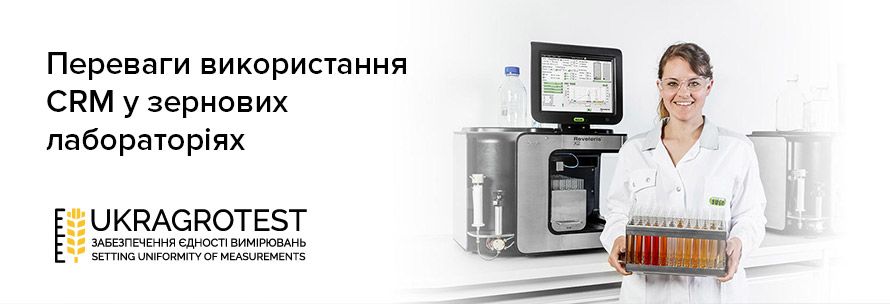Usage of Certified Reference Materials (CRMs) in Grain Laboratory

Introduction to Certified Reference Materials (CRMs)
CRMs are essential tools in the analysis of grain samples in the laboratory. They provide a known and reliable reference point for laboratory measurements, ensuring accuracy and quality control. The purpose of this article is to provide an overview of CRMs, their production, and their benefits in the context of grain laboratories.
Background Certified Reference Materials (CRMs) are materials with known composition and properties, produced by certified reference material producers. They are used as calibration standards and quality control tools in laboratory analysis. CRMs can be organic or inorganic and can be produced for various purposes, including food analysis, environmental monitoring, and clinical diagnostics. They are created using highly accurate and precise measurement techniques and are traceable to international measurement standards.
Benefits of Using CRM in Grain Laboratories
Using CRMs in grain laboratories provides several benefits. Firstly, they ensure the accuracy of laboratory results, as the CRM is a known and reliable reference point. Secondly, they reduce measurement error, as the laboratory equipment can be calibrated against the CRM. Thirdly, CRMs help establish quality control standards, as they provide a benchmark for laboratory analysis.
Applications of CRMs in Grain Laboratories
CRMs can be used in various applications in grain laboratories. One of the main applications is the determination of the nutritional value of grain, including the content of vitamins, minerals, and physical-chemical indicators. They can also be used to detect harmful impurities in grain, such as mycotoxins and heavy metals.
Additionally, CRMs are used in laboratories to make sure the laboratory accurately measures grain moisture content, which is a critical parameter in grain storage and processing. Lastly, CRMs are used by laboratory technicians who work with various instruments, like NIR analyzers or Duma/Kjeldahl apparatus used to determine the real accuracy of measured results of protein and oil content in grain and seeds, which is essential for quality control and nutritional labelling.
Importance of Accreditation and Traceability in Using CRMs
The use of accredited and traceable CRMs is essential for quality control and standardization in laboratory analysis. Accredited CRM producers undergo rigorous testing and quality control procedures to ensure the accuracy and reliability of their products. Traceability is also essential, as it allows the laboratory to trace its measurements back to internationally recognized measurement standards.
As explained in the article «explanation of ISO standards 9001/17025/17034» CRMs can only be manufactured by an ISO 17034-accredited manufacturer. “UKRAGROTEST” LLC is ISO17034 accredited company № AAC.RM.005.05, with an accreditation range for various crop types, flour, and meals. Certificates for CRM samples from UKRAGROTEST include the extended uncertainty for each property value.
Challenges and Limitations of Using CRM in Grain Laboratories
There are some challenges and limitations to the use of CRMs in grain laboratories. Firstly, CRMs may not be readily available for all types of grain and all laboratory analysis methods. Secondly, the cost of CRMs can be prohibitive for some laboratories. Finally, there may be compatibility issues between CRMs and laboratory analysis methods, which can result in measurement errors.
Conclusion In conclusion, the use of CRMs in grain laboratories provides several benefits, including accuracy, quality control, and standardization. The use of accredited and traceable CRMs is essential for quality control and standardization in laboratory analysis. While there are some challenges and limitations to the use of CRMs, the benefits outweigh the costs of CRM, because in case of incorrect laboratory results, may lead to disputes, lawsuits and loss of reputation among customers. As the laboratory needs to The use of CRMs is essential for ensuring accurate and reliable laboratory analysis of grain samples.
References
- International Organization for Standardization. (2016). ISO Guide 35: Reference materials - General and statistical principles for certification.
- Institute for National Measurement Standards. (2014). Certified Reference Materials: An Overview.
- USDA Grain Inspection, Packers and Stockyards Administration. (2010). Moisture and Protein Calibration with Certified Reference Materials.


